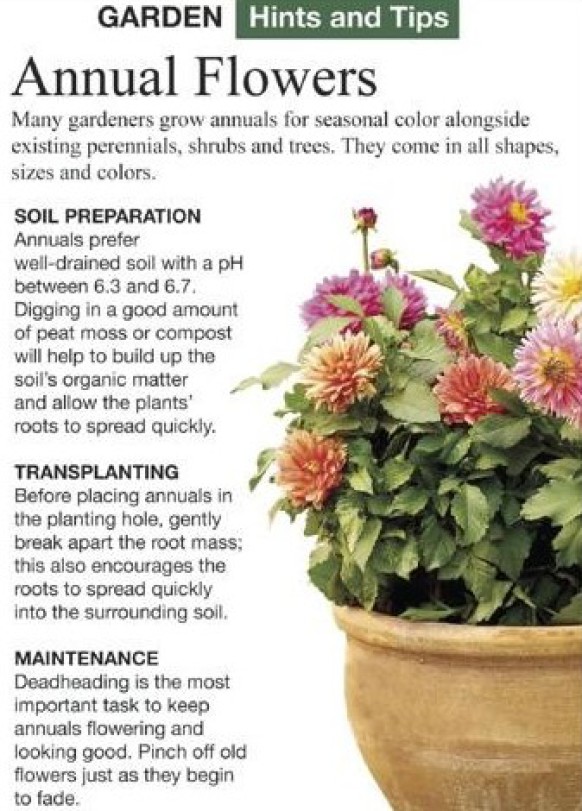
Don't forget about your landscape in this brutally dry Ga. heat!
Take a minute and read our suggested watering guide.
Have a Safe and Happy 4th of July weekend
Save the Date
Workshops will resume again in September!
Save the date,
make plans to attend and gain valuable information from our Experts.
**Please note that we will be changing the time from previous classes. They will now be held at 3pm.
About Georgia 811:
Georgia law mandates that, before beginning any mechanized digging or excavation work, you must contact Georgia 811 on www.Georgia811.com or by calling 811 (or 1-800-282-7411) at least three business days prior to excavating to have utility lines marked.
Georgia 811 is a nonprofit corporation dedicated to preventing damage to Georgia’s underground utilities and promoting public safety. We function as a communication system, connecting our member utility companies with professional excavators and homeowners who are planning mechanized digging activity such as excavation, tunneling, grading, boring and demolition.
Although it is not required by Georgia law to notify the Georgia 811 if a smaller, non-mechanized digging project is planned, we encourage residents to do so to ensure their personal safety and the safety of those around them. These projects can include installing a fence, deck, swing set or mail box; planting trees or landscaping. Contacting Georgia 811 to have public utility lines marked is a free service.
This notification system provides Georgia 811 members an opportunity to locate and identify any underground facilities they may have in an area where digging is planned.
For more information please visit:








